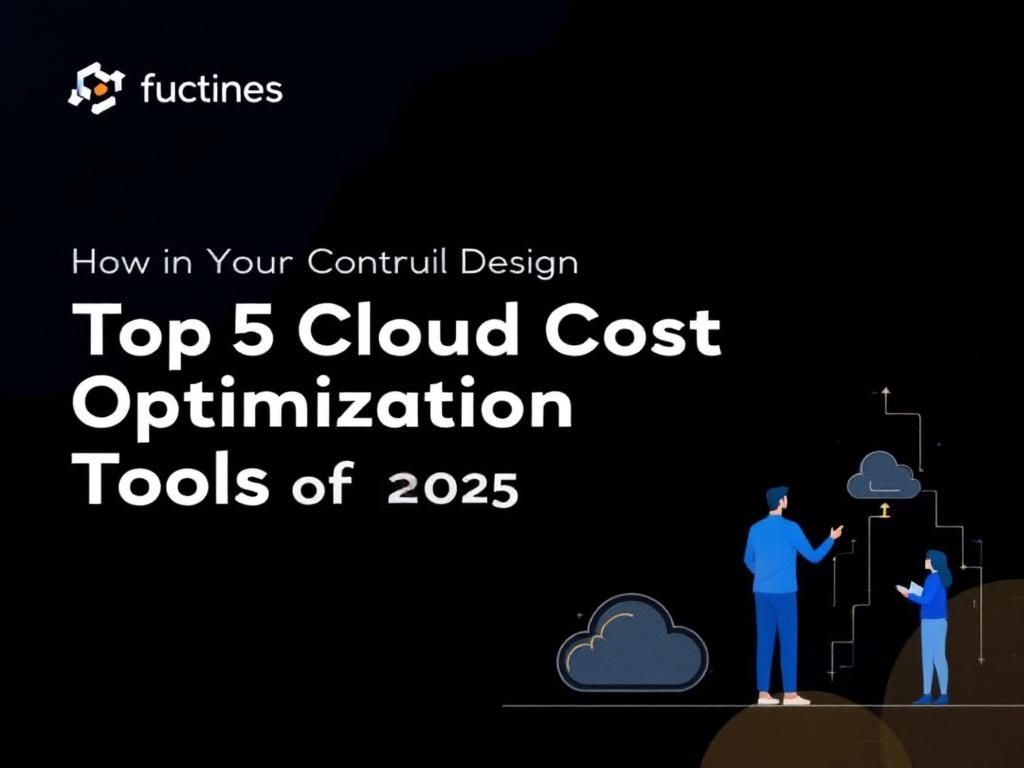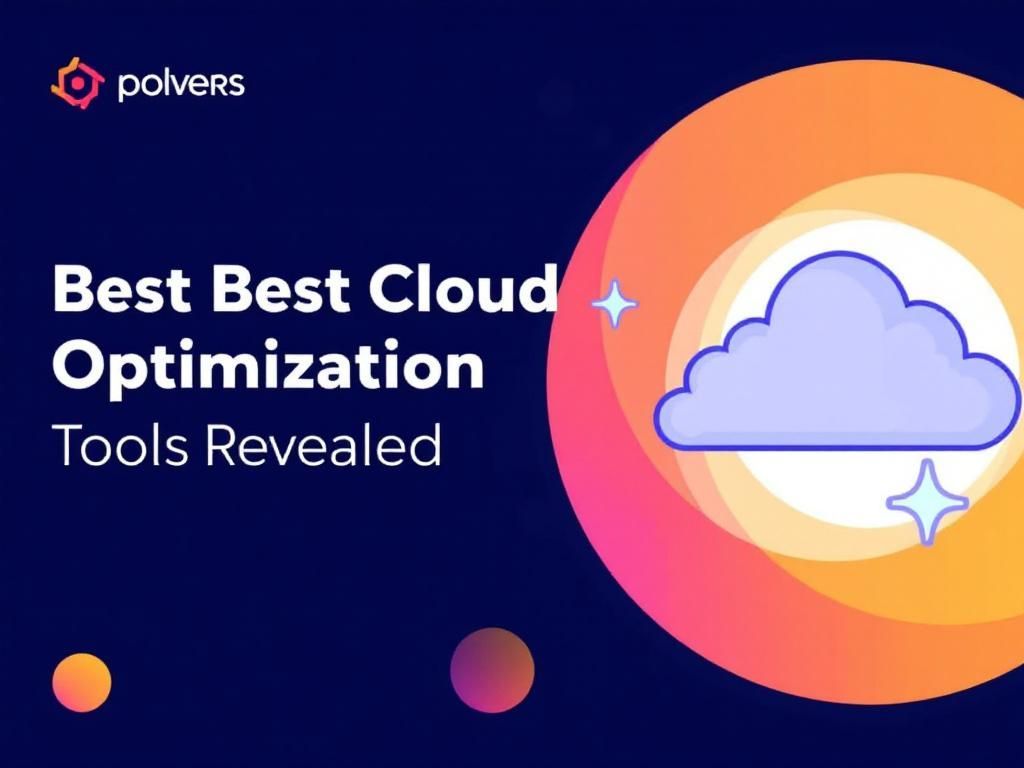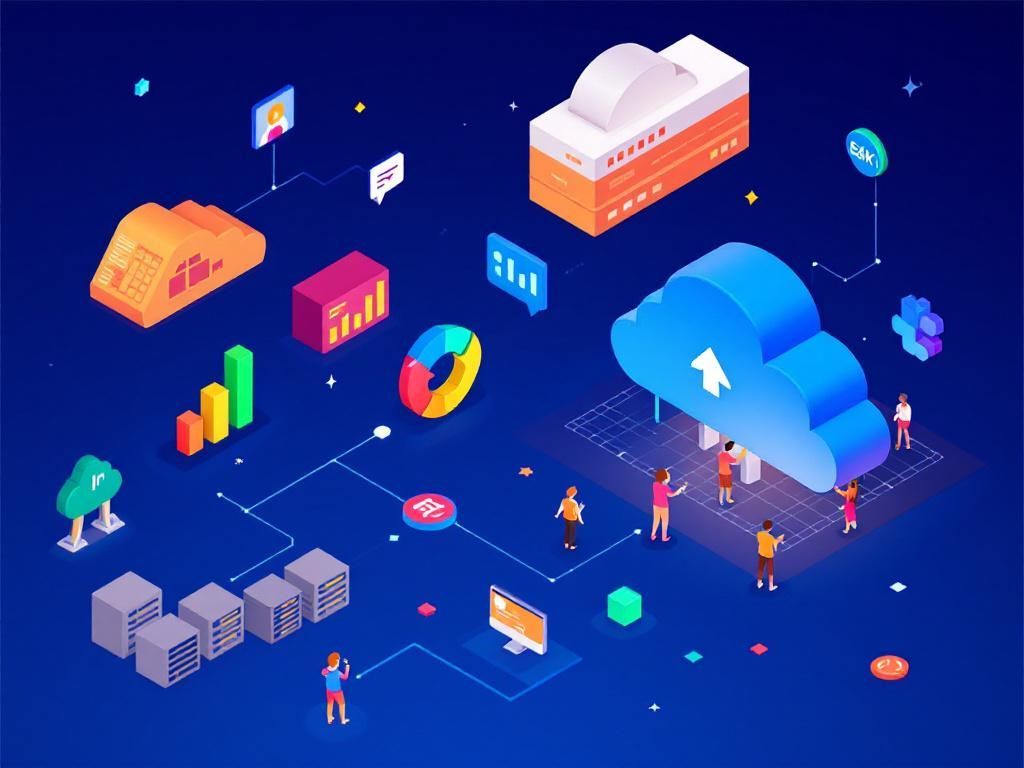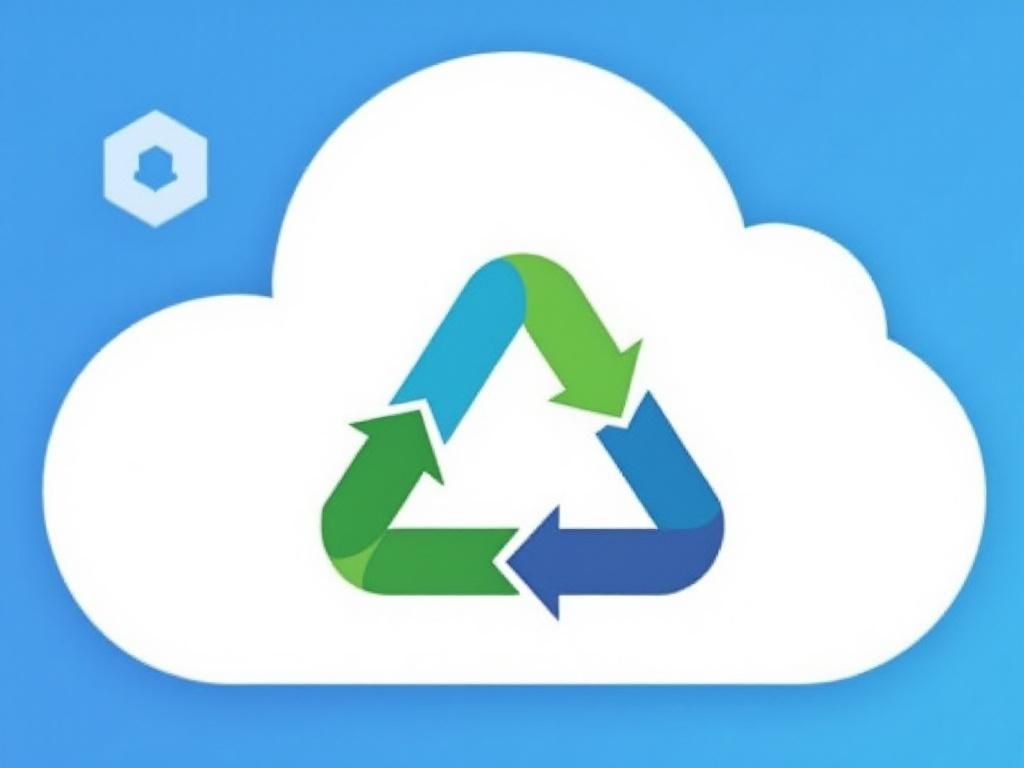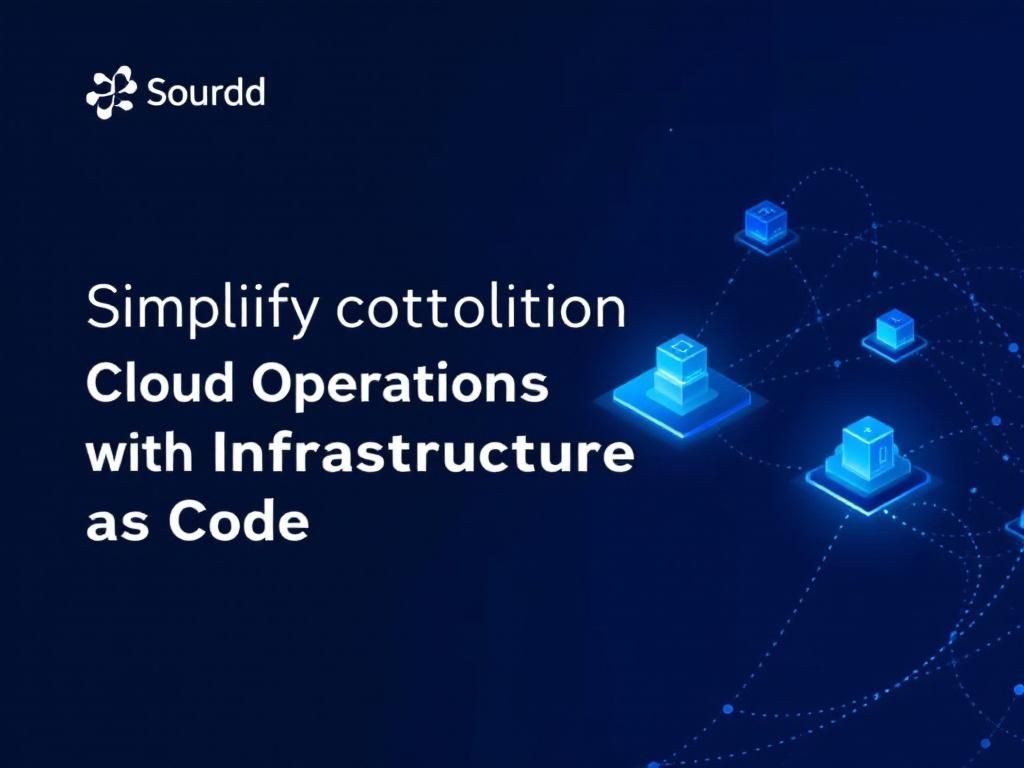Mastering Serverless: Top Consulting Tips for 2025
Discover essential consulting tips for mastering serverless architecture in 2025. Stay ahead in the tech landscape with our expert insights.

In the rapidly evolving landscape of technology, serverless architecture has emerged as a game-changer for businesses aiming to optimize costs and improve scalability. As organizations gear up for 2025, mastering serverless computing is not just an option but a necessity for tech consultants. This article will delve into essential strategies and insights that can help you leverage serverless solutions effectively while providing exceptional consulting services.
Table of Contents
Understanding Serverless Architecture
Serverless architecture allows developers to build and run applications without having to manage the underlying server infrastructure. Instead, they can focus on writing code while the cloud provider handles server management. Here are some key elements:
- Function as a Service (FaaS): This is the core of serverless architecture where individual functions are executed in response to events.
- Event-driven Computing: Serverless applications are typically triggered by events such as HTTP requests, file uploads, or database changes.
- Automatic Scaling: Serverless platforms automatically scale the application in response to the number of requests.
Benefits of Serverless Computing
Adopting serverless architecture offers several benefits that can significantly enhance productivity and efficiency:
- Cost Efficiency: With the pay-as-you-go pricing model, businesses only pay for the actual compute time used.
- Faster Time to Market: Developers can deploy applications more quickly without the overhead of provisioning and managing servers.
- Improved Focus on Development: Developers spend more time coding and less time managing infrastructure.
Consulting Strategies for Serverless Adoption
As a consultant, guiding clients through the adoption of serverless technology requires a structured approach. Here are some strategies to consider:
1. Assessing Client Needs
Begin by understanding the client’s application requirements:
| Criteria | Questions to Ask |
|---|---|
| Scalability | What are the anticipated traffic patterns? |
| Cost | What is the current budget for infrastructure? |
| Development Speed | How quickly does the client need to deploy new features? |
2. Educating Stakeholders
It’s essential to inform all stakeholders about the benefits and challenges of serverless computing:
- Organize workshops and training sessions.
- Create informative resources like whitepapers and case studies.
- Use real-world examples to illustrate success stories.
3. Creating a Migration Roadmap
Plan a structured migration to serverless architecture:
- Evaluate Current Infrastructure: Identify the existing applications that can be transitioned.
- Choose the Right Provider: Compare platforms like AWS Lambda, Azure Functions, and Google Cloud Functions.
- Pilot Project: Start with a small application to test serverless capabilities.
Best Practices for Serverless Implementation
To ensure successful implementation of serverless solutions, follow these best practices:
1. Optimize Performance
Performance is crucial for serverless applications. Here are tips to enhance it:
- Utilize caching mechanisms (e.g., AWS ElastiCache).
- Minimize cold start times by optimizing function sizes.
- Implement asynchronous processing where applicable.
2. Monitor and Debug
Effective monitoring and debugging techniques are vital:
- Use Cloud Monitoring Tools: Leverage tools provided by cloud platforms to gather performance metrics.
- Implement Logging: Ensure comprehensive logging to trace issues quickly.
- Establish Alerts: Set up alerts for performance degradation or failures.
3. Security Considerations
Security should be a top priority when implementing serverless architecture:
- Use IAM roles to control access to serverless functions.
- Validate inputs to prevent injection attacks.
- Regularly update dependencies to patch vulnerabilities.
Future Trends in Serverless Computing
As we look towards 2025, several trends are expected to shape the future of serverless computing:
1. Multi-Cloud Strategies
Organizations will increasingly adopt multi-cloud approaches to minimize vendor lock-in and enhance flexibility.
2. Enhanced Integration with AI and ML
Serverless platforms will offer more out-of-the-box solutions for integrating AI and machine learning capabilities.
3. Improved Tooling and Frameworks
New tools and frameworks will emerge to simplify the development lifecycle of serverless applications.
Conclusion
Mastering serverless architecture is crucial for tech consultants aiming to help businesses thrive in the digital age. By understanding the intricacies of serverless computing, implementing best practices, and keeping an eye on future trends, consultants can guide their clients toward successful, scalable, and cost-effective solutions. Embrace the shift to serverless—we are entering a new era of cloud computing.
FAQ
What are the benefits of using serverless architecture in 2025?
Serverless architecture offers scalability, cost efficiency, and reduced management overhead, allowing businesses to focus on development rather than infrastructure.
How can I effectively transition to a serverless model?
To transition effectively, assess your current applications, choose the right cloud provider, and refactor your code to be cloud-native.
What are the common challenges faced when adopting serverless technology?
Common challenges include vendor lock-in, cold start latency, and managing multiple services, which require careful planning and monitoring.
What consulting tips can help organizations succeed with serverless in 2025?
Consulting tips include conducting thorough research on serverless options, leveraging best practices for architecture design, and investing in training for your team.
How does serverless impact the development lifecycle?
Serverless can streamline the development lifecycle by enabling faster deployment, continuous integration, and automated scaling, which enhances team productivity.
What future trends should I watch for in serverless computing?
Future trends include increased integration with AI and machine learning, improved tools for observability, and evolving security practices tailored for serverless environments.



